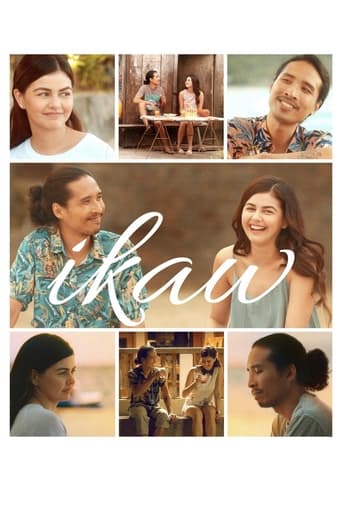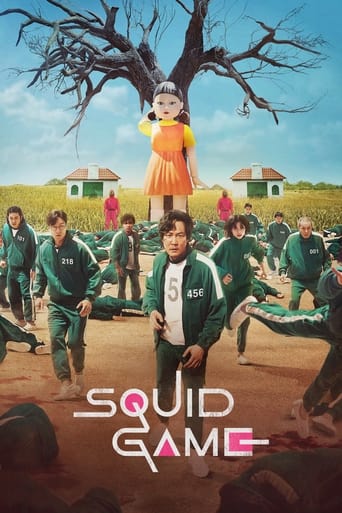
WineMasters Class Season 2
January. 01,1900Genre:
Trailer
Synopsis
Episodes 7 – 12: Eastern Loire Valley, Campania, Alsace, Spanish Old Vines, Argentina, Southern Portugal & Madeira. Hosts of these episodes are: • Peter Richards MW • Paz Levinson, Best Sommelier of the Americas 2015
Episode 6 : Southern Portugal & Madeira
January. 01,0001
We start this episode on a unique island in the Atlantic Ocean, which gives its name to one of the world's great fortified wines; Madeira. The 4 styles of the quality spectrum get their names from the white wine grape used in them: Sercial, Verdelho, Bual, and Malmsey aka Malvasia, and in this order, they range from dry to sweet. On the mainland, we visit unique appellations near the capital city of Lisbon and then on to a huge rural wine region known as Alentejo, where white and red wine are blends of local and international grape varieties.
Episode 5 : Argentina
January. 01,0001
Altitude is key in Argentina. Except for the Patagonia region, most vineyards in Argentina are situated at 600 to 2000 meters above sea level and located close to the Andes mountains.
Of course, we will highlight the most famous wine area Mendoza and the Malbec grape, which was brought from France around 1850 and has adapted greatly to the terroirs of this country. In our experiment, we sniff and swirl. We explain why some wines need to breathe.
Episode 4 : Spanish Old Vines
January. 01,0001
The future of Spanish wine lies in its history. Ambitious winemakers are heading off to the hinterlands in search of old vines. We visit Toro where red wines are made from Tinta de Toro (a local version of Tempranillo) are making fame. Then to Bierzo where between the hills and lush river valleys red wine is made of the Mencia variety. We also visit Jumilla in the south of the country near Valencia, where red wines are made from old Monastrell vines. And last but not least our journey ends at Tenerife, where some of the oldest vines of Spain can be found.
Episode 3 : Alsace
January. 01,0001
The Alsace area is known for its aromatic, fruity intense, and spicy white wines, primarily from Riesling, Gewürztraminer, Pinot Gris, and Muscat which are the 4 noble grapes varieties.
Alsace wines tend to be dry, but these days wines can be more diverse in styles including some residual sweetness but that is not often indicated on the label, so that can make challenging for us drinkers. We will help you understand the wines more in detail. We will also highlight the Alsace sweet wines; Vendange Tardive and Selection de Grains Nobles.
The term vintage will be explained and what is needed to create great wines.
Episode 2 : Campania
January. 01,0001
The fame of this land was well described by the Romans, they knew the region as Campania Felix, which translates into English as "land of bounty and joy". Its fame as a great wine-producing region faded with the collapse of the Roman Empire. But today, Campania counts some of the highest densities of DOCs and DOCGs (quality wine areas) within Italy. Campania is thriving with re-planted ancient varieties that once grew on these lands some 2,000 years ago and were buried under volcanic ash and pumice in 79 A.D. We will explain the wine term oxidation in our experiment.
Episode 1 : Eastern Loire Valley
January. 01,0001
This eastern segment of the Loire Valley is the reputed birthplace of Sauvignon Blanc and it is here where you can find the two most famous appellations of the Loire; Sancerre and Pouilly-Fumé. We will explain one of the fundamental traits in wine; acidity, which we will explain more in detail in our experiment. Besides Sauvignon Blanc we will also speak about Pinot Noir and other appellations like Menetou-Salon, Reuilly and Quincy.
Seasons
Top Streaming TV Show
#1

Ikaw
November. 12,2021
5.9
#2

Dexter: New Blood
November. 07,2021
8
#3

Money Heist
May. 02,2017
8.4
#4

Chicago Fire
October. 10,2012
8
#5

Emily in Paris
October. 02,2020
6.8
#6

The Witcher
December. 20,2019
8
#7

Yellowstone
June. 20,2018
8.7
#8

Squid Game
September. 17,2021
8
#9

The Bachelorette
September. 23,2015
5.3
#10

See
November. 01,2019
7.6

